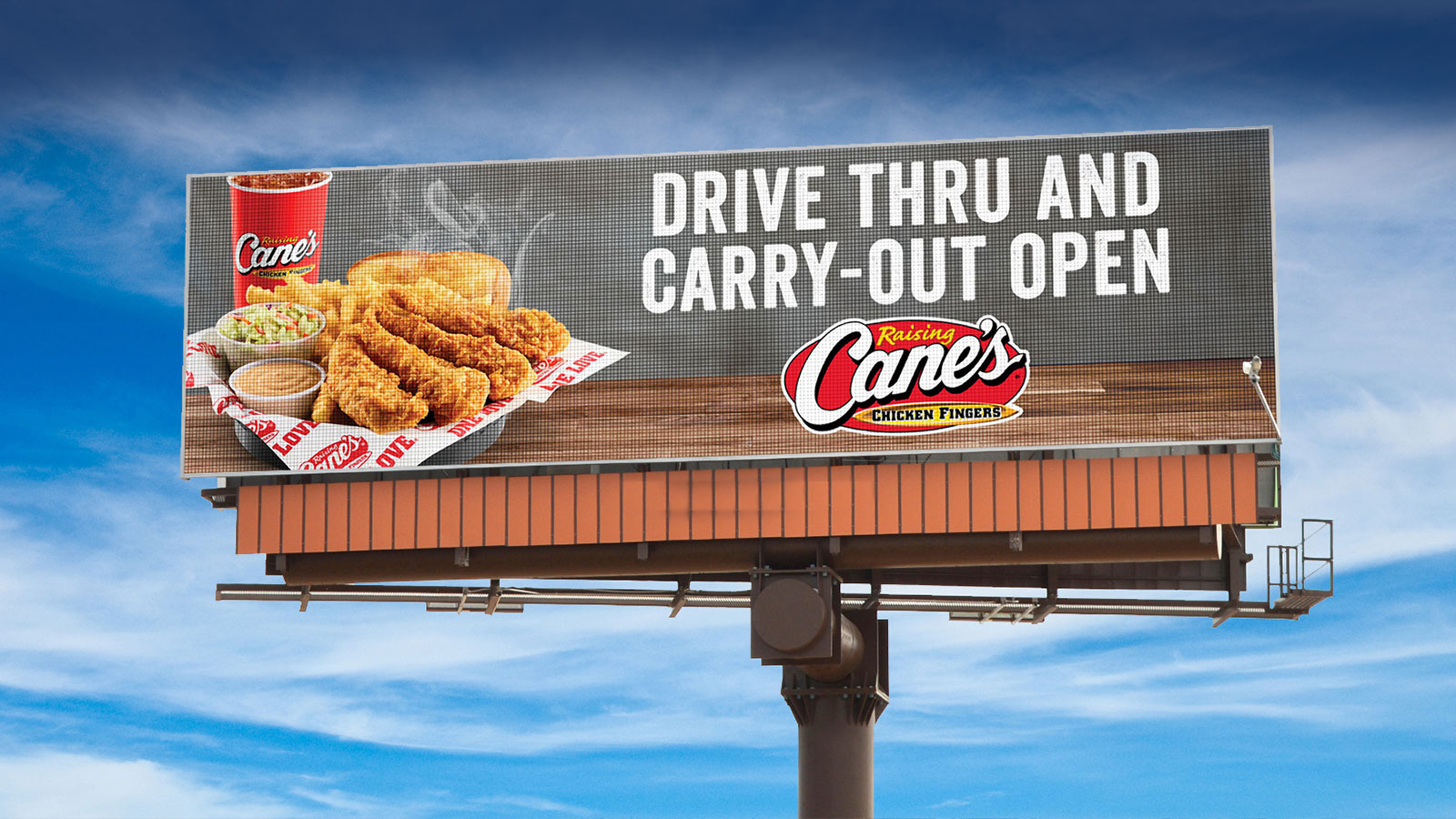Soon after arriving at OAAA, I had the pleasure of meeting Erwin Ephron. Over the years, I would have the opportunity to speak with him many times, and at every encounter, I learned something new and insightful about media planning.
Many people consider Erwin as the father of Recency Theory, a concept foreign to most media executives in the late nineties. Over time, Erwin won a legion of converts. The idea is simple: plan for recency, not frequency. And when budgets are tight, choose reach over frequency.
The basis for Recency Theory comes from media research popularized in the John Philip Jones book, “When Ads Work.” Jones’ fundamental analysis showed a single exposure in the seven days before a purchase has a far greater effect than what is added by more exposures. A single exposure is reach, more exposures are frequency. This means in the short-term, reach is cost-effective, repetition is wasteful.
As I watched the COVID-19 pandemic spread across the planet, and people began sheltering in place, the concepts of Recency Theory kept coming to mind.
According to Erwin, “It is as if there is a window of opportunity for the ad message preceding each purchase. Advertising’s job is to influence the purchase; media’s job is to put the message in the window.” And that is exactly what OOH advertising does, even when mobility outside the home declines as it has during the COVID-19 pandemic. The important point to remember about Recency Theory is “ready to buy is more important than the number of messages.”
In a new consumer sentiment survey conducted by OnDevice and commissioned by OAAA, 83 percent of respondents said they are still leaving their homes every week despite the COVID-19 pandemic. This means OOH continues to reach vast audiences. The frequency of exposures has declined, but Recency Theory suggests reach is more valuable than frequency.
We don’t know when or where the window for each consumer is going to open. It could be on the way to the grocery store, driving to Walmart, or heading to pick-up takeout food. It could be on a Monday or Tuesday, morning or evening. The fact is, purchases are still being made each week, and many consumers are still traveling outside the home, albeit less often. OOH advertising reaches those consumers as the opportunities arise. A consumer “ready to buy” is more important than the number of messages a consumer receives. When a consumer is in the marketplace, a single message can have an effect.
The way many brands have pivoted messaging during COVID-19 favors Recency Theory planning. “We’re Still Open” and “We Deliver” have become common reminders during the crisis. These strategic messages can have an enormous impact on individual consumers at just the right moment.
Recency planning ignores purchase cycles because it targets the purchase, not the audiences making the purchase. As long as there are purchases each week, it doesn’t matter how often, or seldom, the average consumer sees an ad. An ad needs to be in the marketplace when an individual consumer needs the ad. That means ads need to be visible when an individual consumer needs the ad. OOH has always been the perfect media channel for applying recency planning philosophies because OOH ads are always visible. And that fact is still true today despite declines in audience mobility.
Recency Theory says the right message, at the right-time, works. OOH delivers recency as much now as it ever has.
